Friche de l’Escalette- Parc de sculpture et d’architecture légère (Sculpture and light architecture park)- Marseille2017/11/8
Friche de l’Escalette- Parc de sculpture et d’architecture légère (Sculpture and light architecture park)- Marseille
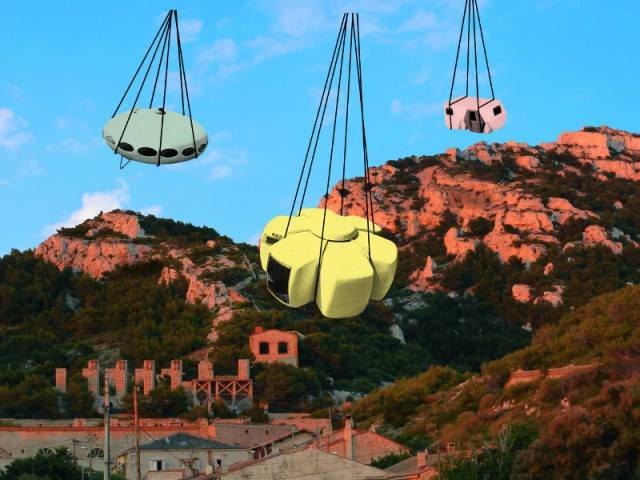

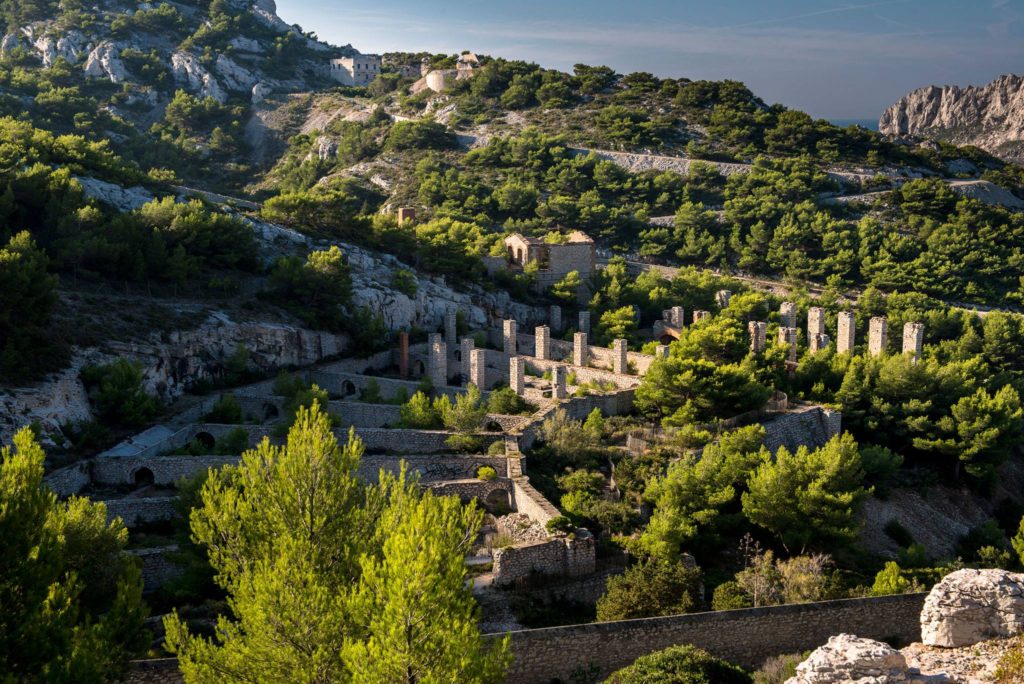

The Friche de l’Escalette recycles the ruins of an old lead factory that worked from 1851 to 1925. An industrial heritage landmark, its superb natural site on the rugged coast south of Marseilles is now part of the Parc National des Calanques.
A modern and contemporary sculpture and lightweight architecture display for visits by small groups led by a guide is being laid out there. The itinerary salutes the vernacular “cabanon”- the holiday-weekender, and will cover the period running from Jean Prouvé to the plastic utopias of the 60s and 70s.
Éric Touchaleaume, a Parisian galerist, is a fervent supporter of the modernist heritage in danger. In 2007, he sold his gallery of 54 Rue Mazarine in Paris for the Hotel Martel in Mallet-Steven, the apartment of the sculptor Jan Martel, occupying the second and third floor which he restored, then the vast Atelier Martel of the ground- floor.
In love with the city of Marseille he bought in 2011 the Friche de l’Escalette, to create this project unpublished.
For its second summer exhibition, Architecture-Art-Ameublement, the Friche de l’Escalette presents from July 1 to September 30, 2017, “Plastic Utopia”, original plastic bubbles scattered in the ruins of the old lead factory.
These are rare testimonies of futuristic plastic habitats, from the late sixties to the early seventies, whose faded out with the oil crisis of 1973.
To discover : The Hexacube of Georges Candilis (1913-1995) and Anja Blomstedt (1937), of 1972. This talented collaborator of Le Corbusier ( particularly their collabration, for five years, on the site of the Cité Radieuse of Marseille) is the creator of the holiday villages. Inspired by his native Greece, Port-Leucate and Port-Barcarès, between 1964 and 1972, now classified as Historic Monuments.
Since the site is under a conservation order, the sculpture and architecture park, will have minimum impact on the poetic dimension of the rocky coastal terrain.
It will evolve slowly with each summer, inviting a discerning public to follow its organic growth year by year.
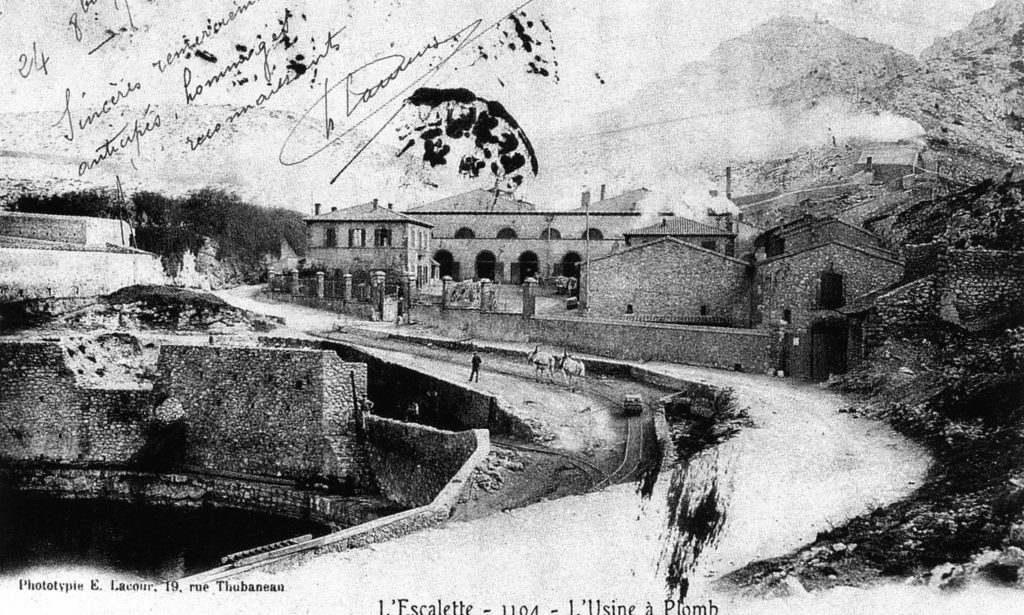


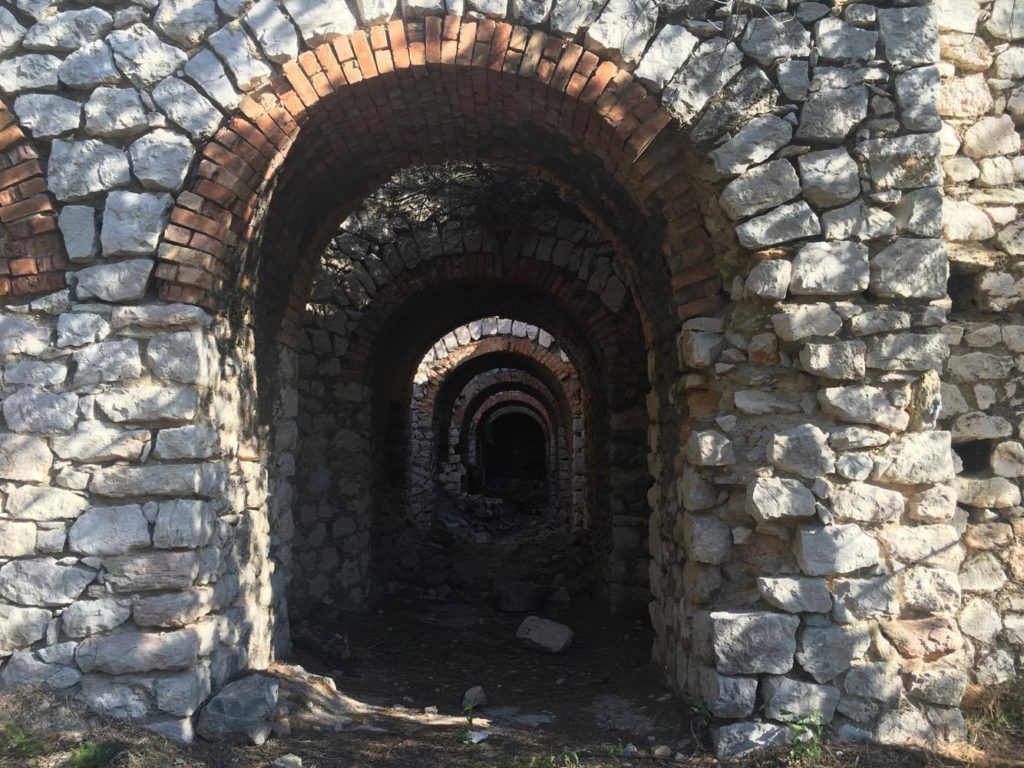

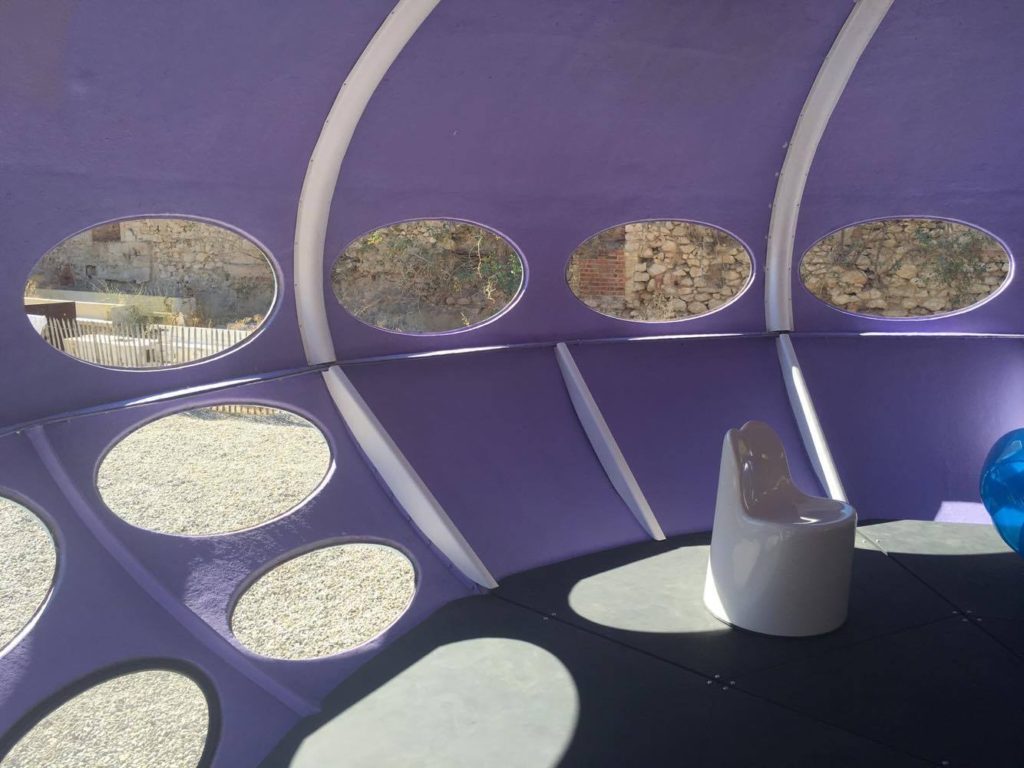
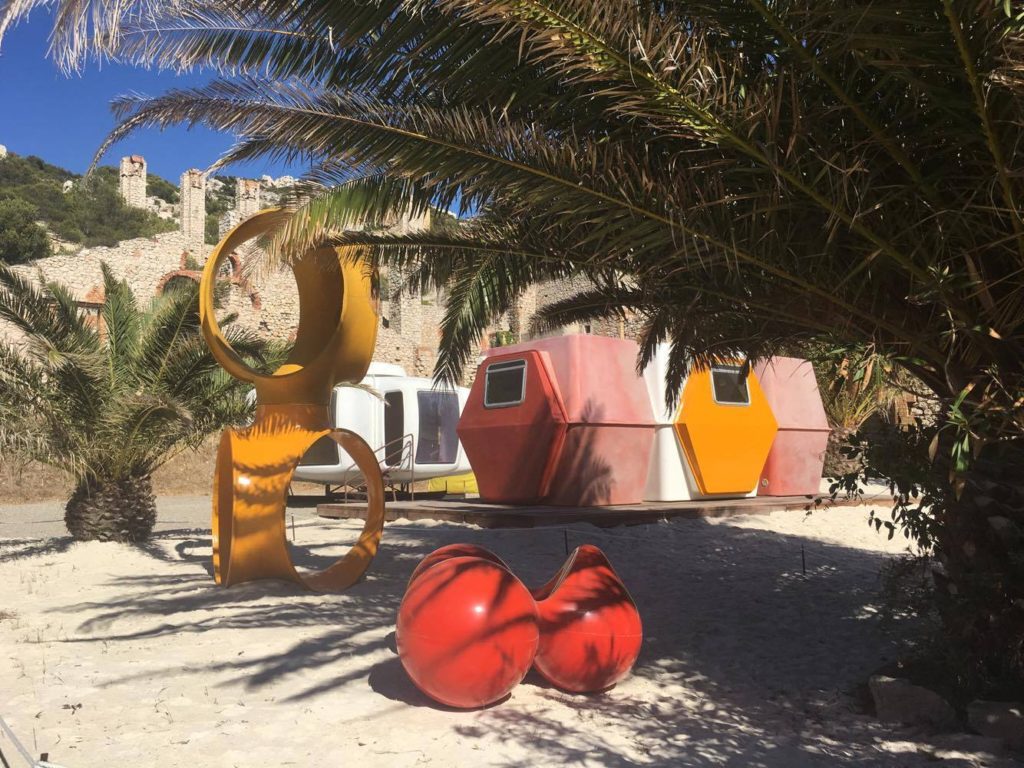

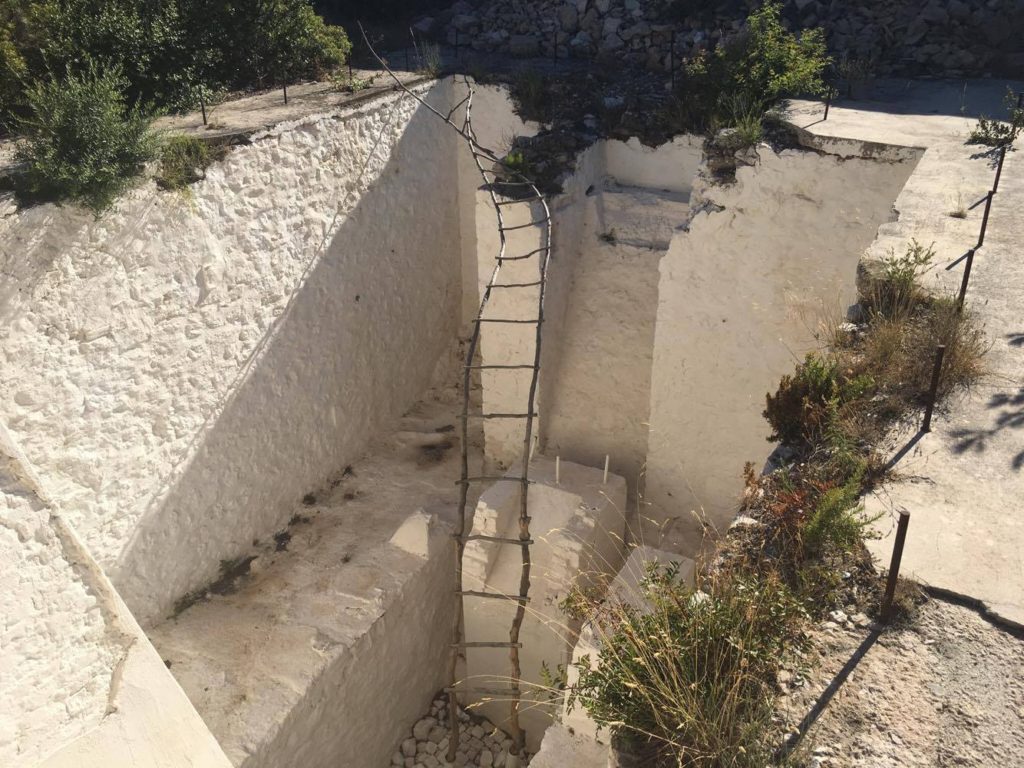

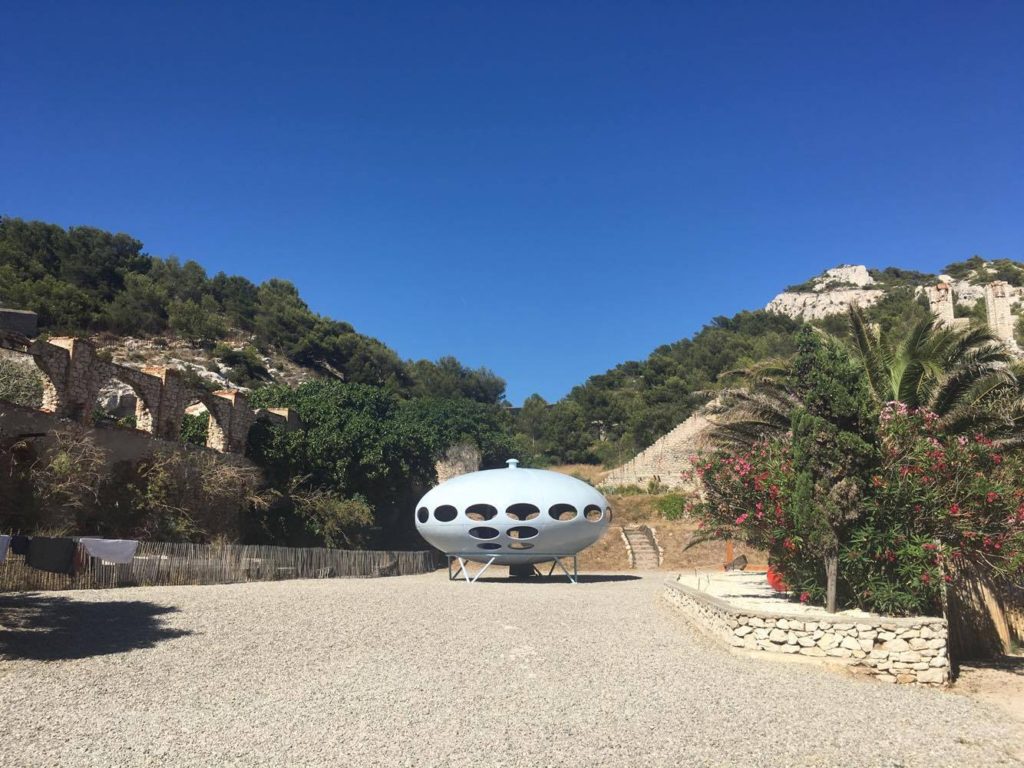

address: Route des Goudes, impasse de l’Escalette
13008 Marseille
Free entrance for group of 15 people
Open everyday from July 1st to September 3rd, 4 visits/day
Booking at: contact@friche-escalette.com
Restaurant “Pépé”, Marseille.2017/11/7
Restaurant “Pépé”, Marseille.


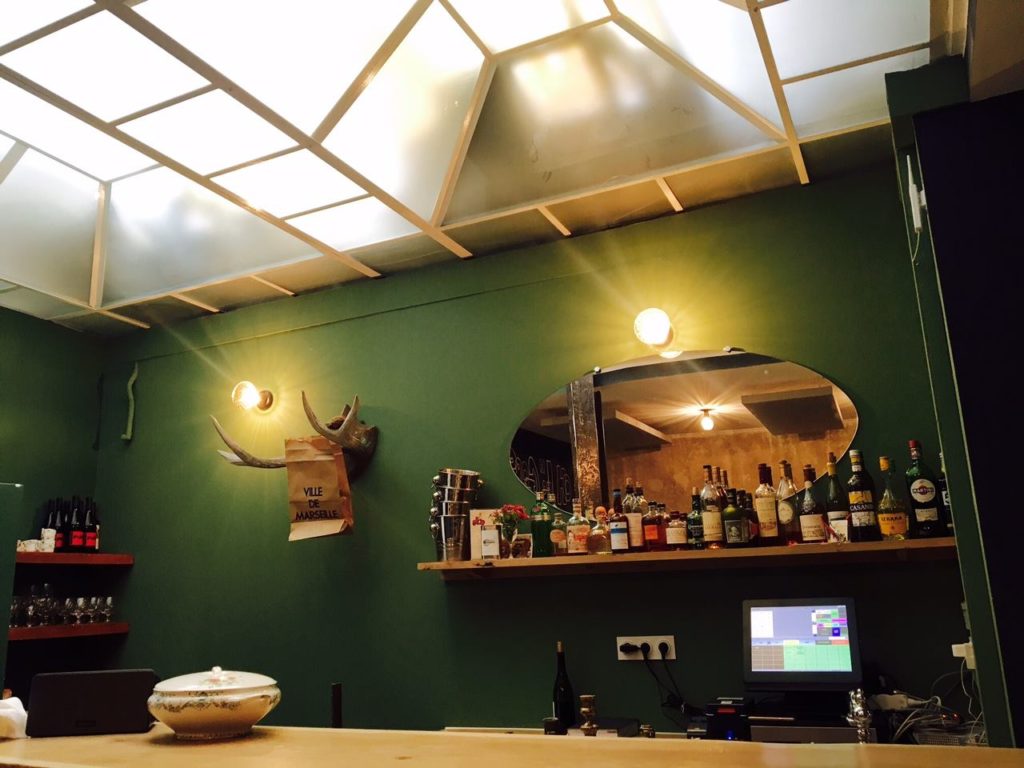
This gem for gourmands has the atmosphere of a hunting party twisted with neon lights. The cuisine of the talented chef Jérôme Benoît ( already in charge of “Mémé” kitchen, his first restaurant, on Boulevard Longchamp), swings between earth and sea.
The semi-gastronomic world of the chef has been adapted to satisfy all the appetites.
The prices are milder than chez Mémé but the quality and provenance of the products are always outstanding. Between 17 and 24 € for a hanger steak with homemade béarnaise sauce or a tray of shellfish with bordelaise.
The selection of wines – excellent- comes from the cellar that faces the restaurant: Plus Belle la Vigne. The bread from Maison Honoré and the meat from Chez Charly (Avenue Saint-Jerome) well-known Marseille’ adress.
The large farm tables invite to share the dishes and accompaniments served generously, in a cozy atmosphere in the evening and almost a feeling of guinguette at lunch time, thanks to the terrace and straw hats (provided).
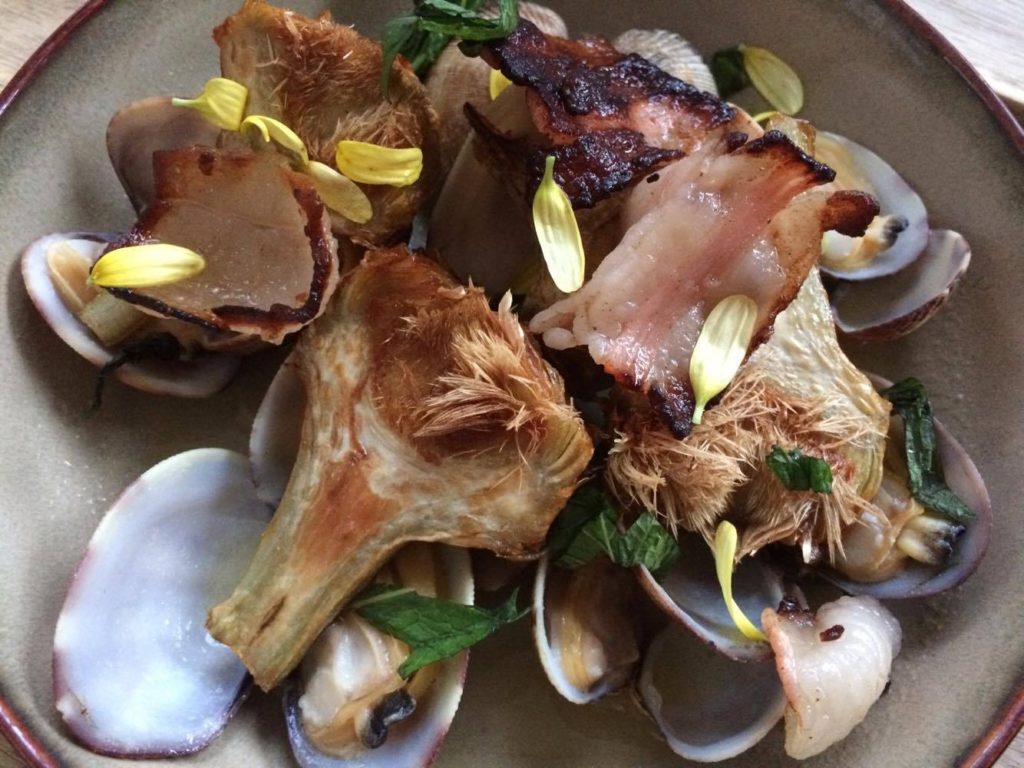

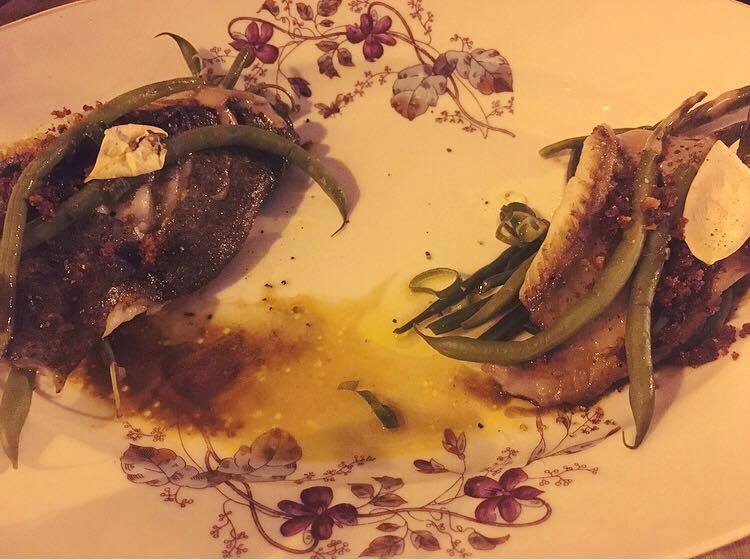
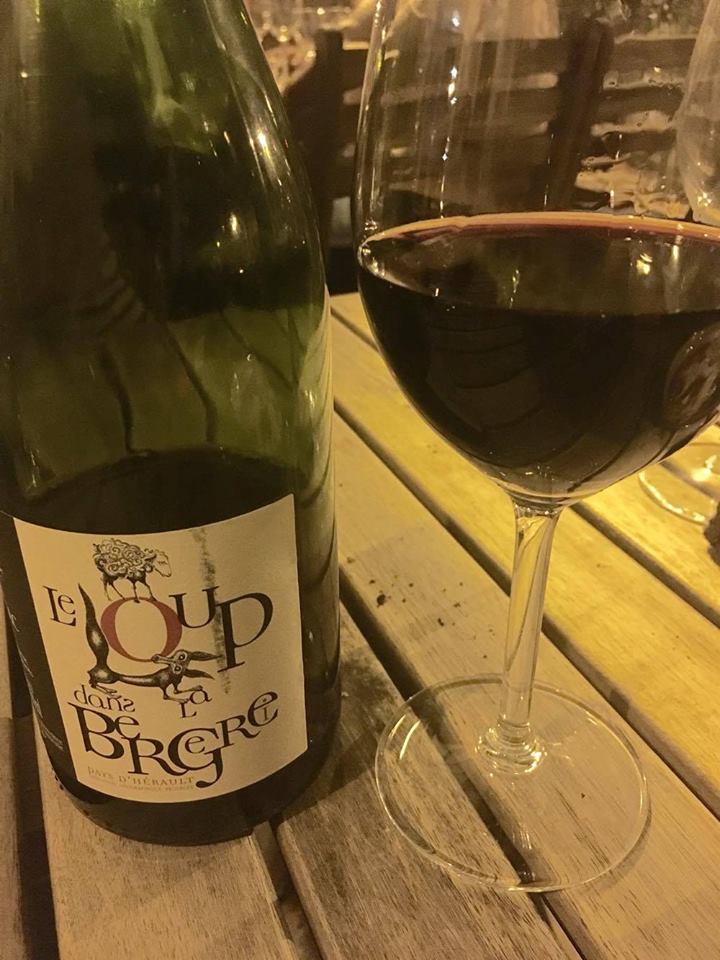
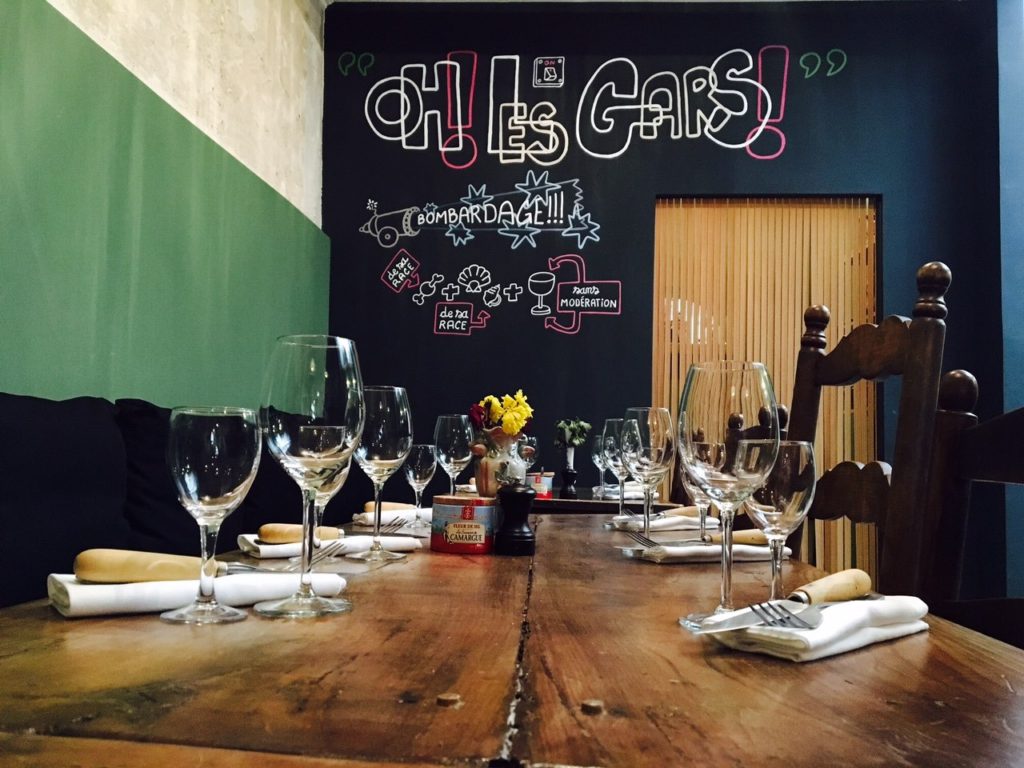

Adress: 15 Cours Julien 13006 Marseille
Open Monday and Wednesday 19h30-00h00 / Tuesday, Thursday, Friday, Saturday, 12h00-00h00
Starter 7-14€ / Dish 22-23 €/ Dessert 6 €
07 81 02 21 47
マリアージュ研究会 10/27(金)Keisuke Matsushima × aVin2017/11/2
原宿にある南仏料理店「KEISUKE MATSUSHIMA TOKYO」でのマリアージュ研究会
プロヴァンス地方バンドールの名門Chateau
ワインの写真を撮り忘れましたので、メニューをご紹介しますね。
マリアージュメニュー
卵とタプナード × Heritage Rose 2016
ニースの伝統的な郷土料理ラタトゥイユ × Cotes de Provence Rose 2016

鱸のカルパッチョシトロンコンフィのヴィネグレットとポムドテール × Bandol Blanc 2016
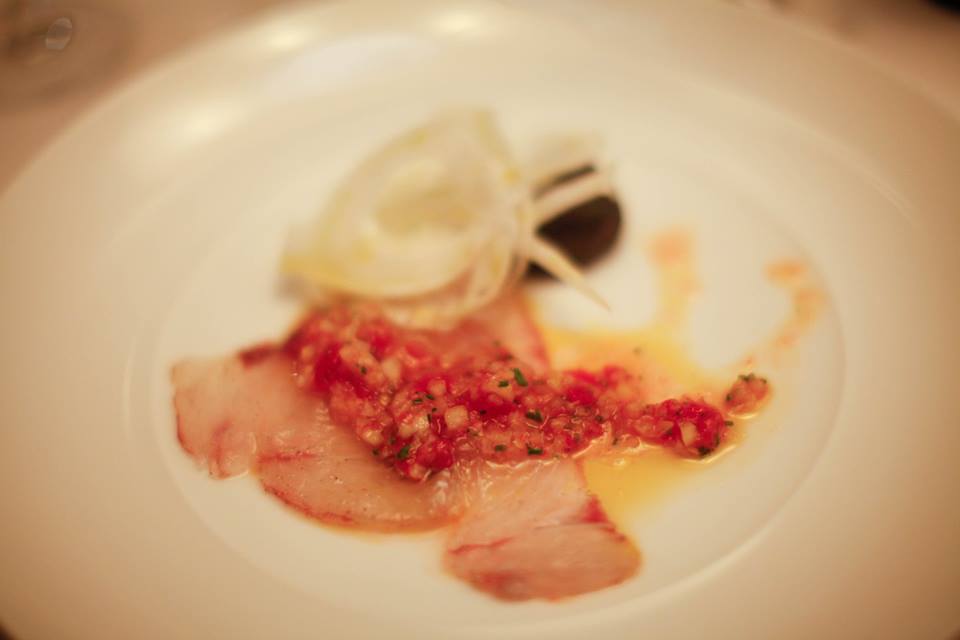
子羊のローストサラダメスクラン × Bandol Rouge 2012 , Bandol Rouge 1992
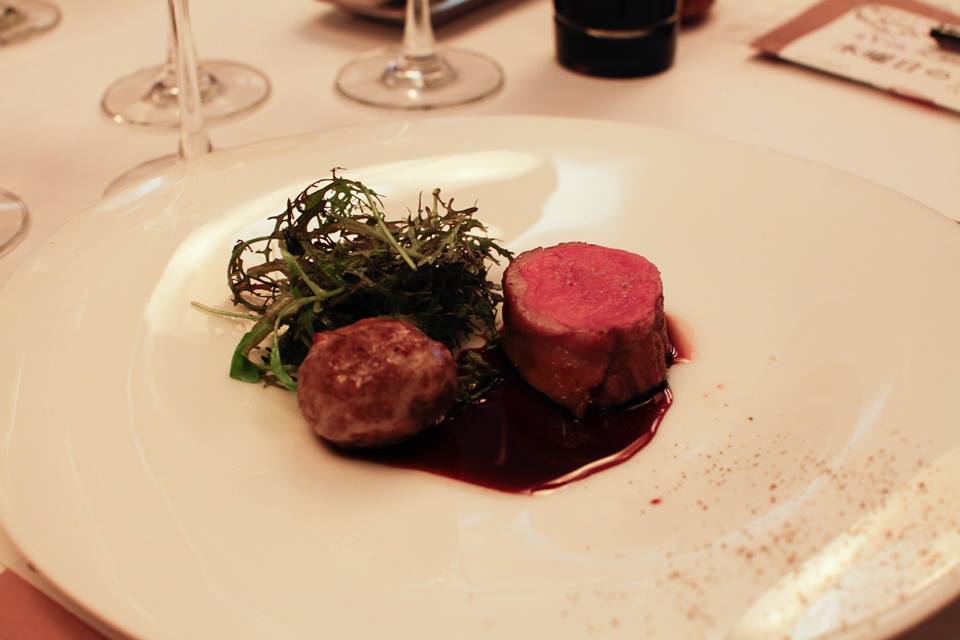
いちじく「ル カポン」/はちみつ風味のいちじくのコンポート
フヌイユのメレンゲローリエ風味のクリーム/くるみのアイスクリーム


日本に未入荷のシャトーヴァニエールの限定ロゼ。
こちらは販売価格が1万円近くなるので輸入を諦めました
La Patience Vannieres Bandol Rose2014
お好きなバンドールワイン見つかりましたか?
ぜひまたマリアージュ研究会でお会いしましょう!
Chateau Vannieres(ヴァニエール)のワイナリー情報はこちら
ワイナリーより直輸入
ネットショップにて販売しています。
http://shop.avin.jp/?mode=grp&gid=1547995
Visit of Domaine Jean-Michel Stephan in Côte Rôtie-2017/11/2
Visit of Domaine Jean-Michel Stephan in Côte Rôtie-
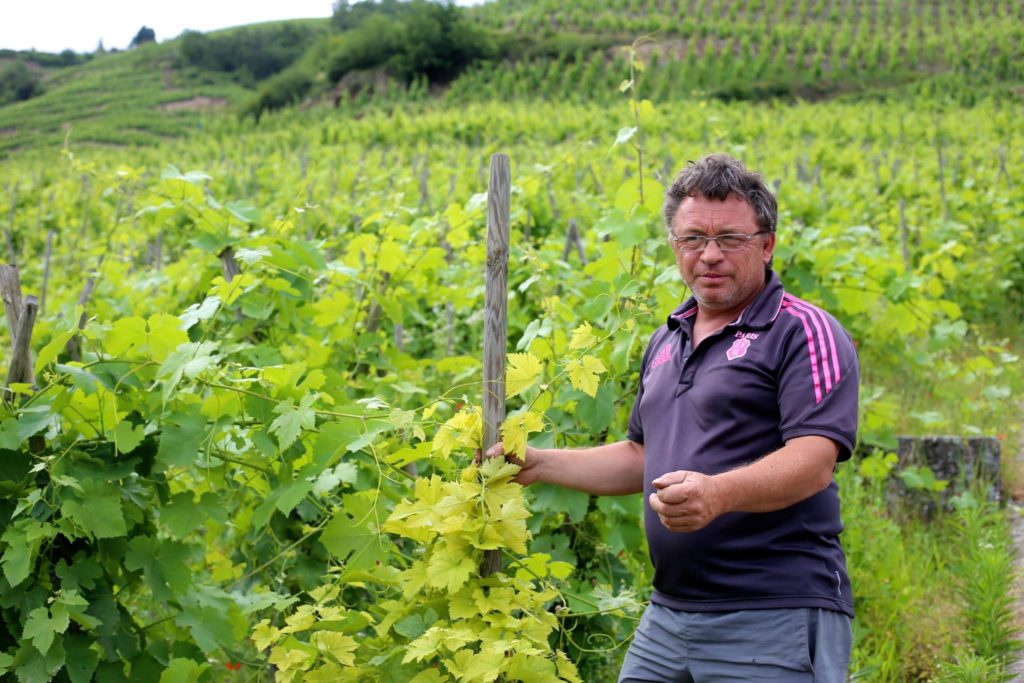
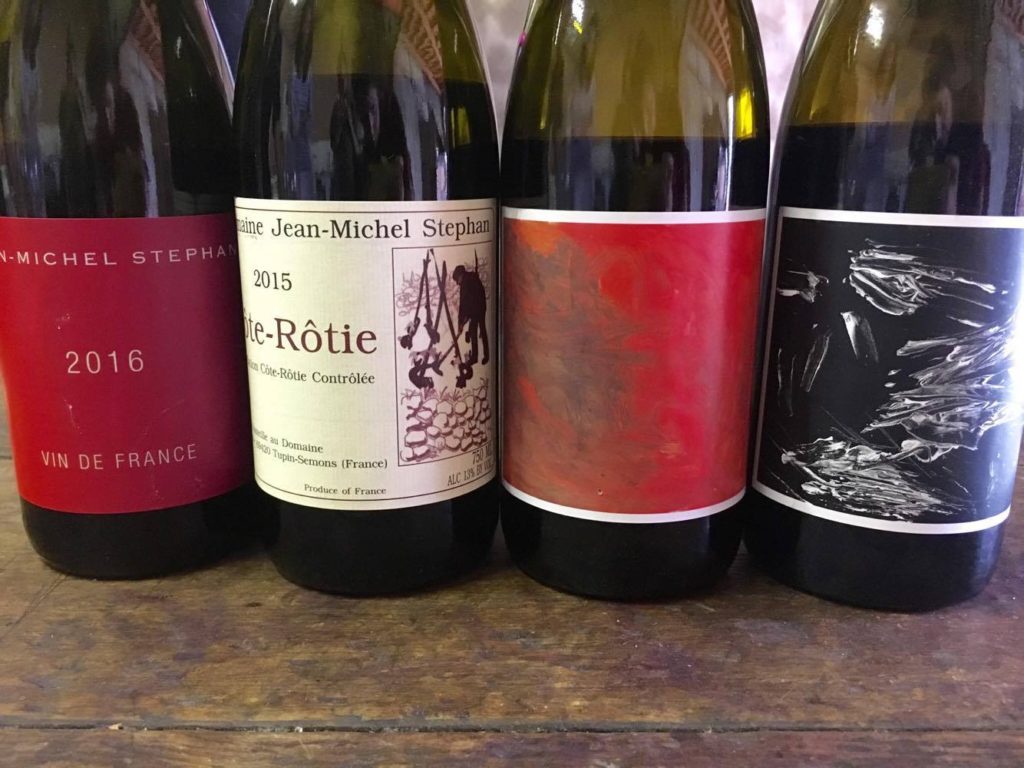

Jean-Michel Stephan’s cellar is located just off the main road in Tupin, south of Ampuis in Côte Rôtie.
Stephan is a first-generation vigneron and took over his father’s land in 1991 who was a tree grower. He planted his own vines and coddles together parcels ever since. He has now been joined by his son Romain, 18 and just graduated from a viticulture school in Beaujolais.
This small domaine has just added a 1.2-acre plot of Vin de Pays set to be planted to Viognier. Most of the vineyards (the domaine totals just under 15 acres) are around the town of Tupin, on weathered granite, with a small bit in Verenay to the north on schist. Production totals around 800 cases annually, with 10 percent coming to the U.S.
Winemaking here is simple, and Stephan has changed little over the years. Generally no sulphur is added (there have been exceptions) and immediately following malolactic conversion the wine is moved into barrel for aging, with time in barrel determined by cuvée. There is no new oak.
His largest holding is the 1.5 ha on the Coteau de Bassenon (Coteaux de Semons on the map); Bassenon is in fact a derivative of the term “Bas de Semons.” This is a 40° slope, with a lot of terraces cut into the soft granite or gneiss. The high part dates from 1987; the low part, of 0.87 ha, from 1896 and 1902.
His other sites are Tupin (1965), Coteaux de Tupin (1980), and the regular cuvée comes from part of Les Bercheries, and a tiny 0.3 ha up at Verenay (1992).
As someone who tries to be organic at every turn, Jean-Michel is planting massale-selection Serrine whenever possible. At present, his vineyard is around 60 per cent clone, 30 per cent Serrine, and 10 per cent Viognier; the last is also being regenerated, and at Verenay he has planted 500 young Viognier cuttings grafted from an old massale plant.
In vineyard upkeep, Jean-Michel picks the soil around the wood of the older vines and cuts the weeds on the surface.
– Jean-Michel Stephan 2016: 100% Syrah
– 2015 Côte-Rôtie: 10% Viognier 90% Syrah
Cofermented and aged for 12 months. This cuvée represents the vast majority of the production. “It delivers a beautifully pure beam of cassis with notes of singed iron, pepper and charcoal emerging through the finish. It’s silky in feel, but with a sauvage echo, a characteristic of all of Stephan’s wines..”
– 2015 Côte-Rôtie Coteaux de Bassenon 20 % Viognier, 40% Serine (from 5ha of 1896 old Serine vines), 40% Syrah
aged 24 months, delivers a gorgeous core of cassis fruit with background of bay, rosemary and charcoal note.
– 2015 Côte-Rôtie Coteaux de Tupin (100% Syrah and Serine) comes from 0.5 ha from the Coteau de Tupin, located above the estate, consisting of terraces on slopes of more than 50 °. Originating from serine planted in 1941, this cuvée offers a deep garnet color with purplish reflections.
The nose shows aromas of black fruits, blackcurrant, blackberry, violet and licorice.
The mouth, frank in attack, opens on an elegant material with presents but fines tannins . The aromatic expression is dominated by graphite notes, blackcurrant and pepper, bringing a right and elegant side to the wine.
::Côte Rôtie::
Prestigious red-wine appellation at the northern tip of France’s Rhône Valley wine region. The Syrah vines on its steep, south-east-facing slopes produce wines which are both powerful and elegant. Improvements in quality have led to increases in demand for the wines – a cycle which turned so consistently that Côte Rôtie wines are now some of France’s most sought-after and most expensive.
Situated immediately south of Vienne, the Côte Rôtie is the Rhone Valley’s northernmost appellation, and one of its smallest. The parishes of Ampuis, Saint-Cyr-sur-le-Rhone and Tupin-et-Semons are the only three that may produce Côte Rôtie wines, and even within the parishes, only certain plots qualify for the appellation.
The steep hillsides (côtes) here rise sharply from the banks of the River Rhone to heights of 1150ft (330m). They form 10 narrow ridges no more than 2000ft (600m) wide, each separated from the next by a narrow, tree-lined gully. The ridges run roughly north-east to south-west, providing the sun-baked aspects that help to make the appellation’s wines so rich and ripe. The very finest sites – the Côte Brune, Côte Blonde, La Mouline, La Landonne and La Turque – are those immediately above Ampuis town.

















